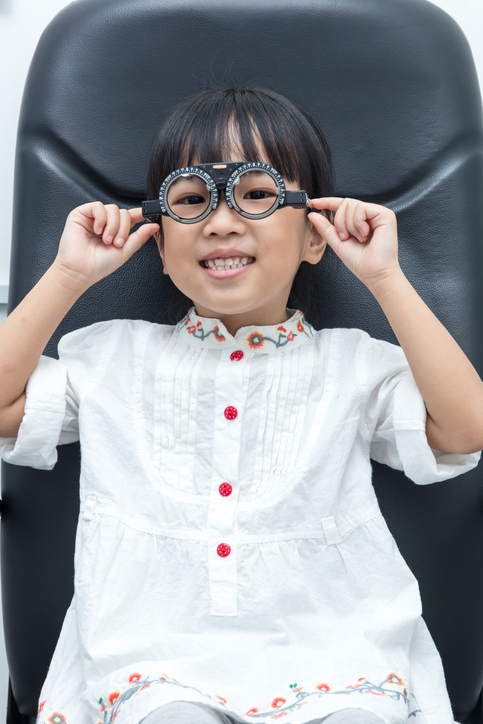 |
| Adults who develop myopia before age 12 are more than 15 times as likely to have high myopia than those who develop it after age 15, study finds. Photo: Getty Images. |
The rising prevalence of myopia, now considered a global health concern, is particularly troubling given that high myopia is a leading cause of irreversible blindness. With evidence in the current literature suggesting a connection between the age of myopia onset and the eventual severity of the condition, a team of researchers in China sought to investigate this association further through a large cross-sectional study. They confirmed that, at least among Chinese adults, the age of myopia onset was a strong predictor of high myopia.
The study enrolled 1,118 myopic patients aged 18 to 40. Patient information was collected via a questionnaire on various demographic, lifestyle and myopia-related factors, some of which included the recalled age of myopia onset, parental myopia and education attainment. Patients were also asked how frequently they changed seats in primary school and how long they spent doing certain activities in middle and/or high school, including using electronic devices, sitting in class and completing homework.
The data analysis revealed a negative correlation between early age at myopia onset and spherical equivalent refractive power. Specifically, patients who developed myopia before the age of 12 were more likely—a staggering 15.7 times more, to be precise—to suffer from high myopia than those who had an onset age above 15.
Statistical analysis found that age of myopia onset was the strongest predictor of high myopia (area under the curve [AUC] of 0.80). The researchers noted in their paper on the study, published recently in Ophthalmic Research, that “the addition of other factors, including parental myopia and education attention, did not improve the prediction model seriously, with AUC of 0.85.” The associations between parental myopia, time spent on electronic devices and high myopia were mediated by the age of myopia onset—the single best predictor of high myopia.
Based on these findings, the researchers suggest that early screening and intervention to curtail or delay myopia onset could help reduce the risk of developing high myopia. Some potential prevention strategies, they note, could include reducing time spent indoors and using electronic devices.
In their paper, the researchers elaborated further on the importance of early intervention: “The typical trajectory of ocular refractive development follows a sequence, starting with hyperopia, transitioning into an emmetropic phase during early school life. It is crucial to preserve hyperopia during the emmetropization process, as this helps delay the onset of myopia. If emmetropization concludes at an early age, it can be followed by myopia development, characterized by a myopic shift that tends to stabilize during the mid to late teenage years.” Because of this, they suggested that “future trials for prevention of myopia should target the child with low hyperopia as the child at risk.”
The researchers concluded in their paper, “While existing treatments for early myopia progression, such as low-concentration atropine, lifestyle adjustments (e.g., increased outdoor activities), and the use of corrective eyewear, are in place, there remains a compelling need for research into innovative interventions aimed at preventing the advancement of early myopia.”
Mao C, Zhang X, Liao M, et al. Recalled age of myopia onset may predict risk of high adult myopia in Chinese adults. Ophthalmic Res. March 29, 2024. [Epub ahead of print]. |


